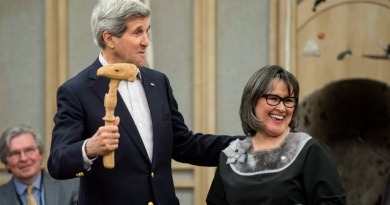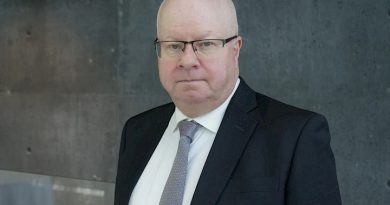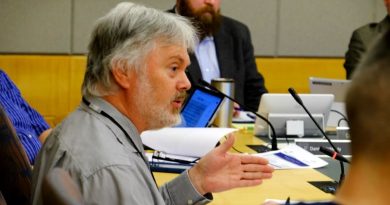Blog: Finnish Foreign Minister on the Nordic model and the Arctic
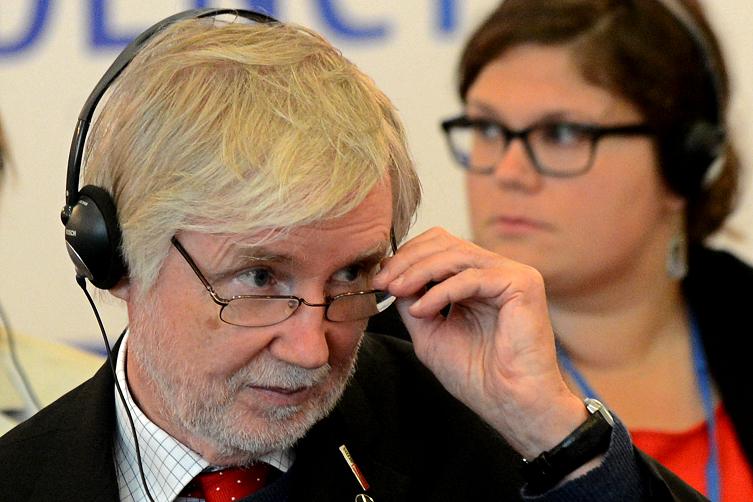
Finland has a smaller profile in the Arctic than its neighbor to the west, Norway.
Whereas Norwegian Prime Minister Erna Solberg declared at last week’s Arctic Frontiers conference that the Arctic will continue to be “most important foreign policy area” for her country, Finland’s most important foreign policy area is arguably Russia, with which it shares a long border. Still, although Finland does not have an Arctic coastline, it has numerous interests in the region. The country can also lend valuable expertise to Arctic states thanks to its experience with icebreaking in the Gulf of Bothnia, which freezes every winter.
Finnish Foreign Minister Erkki Tuomioja spoke at Arctic Frontiers following Solberg and Greenlandic Prime Minister Aleqa Hammond. Tuomioja attempted to draw parallels between the Nordic model and systems in other parts of the Arctic. Noting that Finland seeks to develop “strong northern societies,” he described how both Finland and Canada emphasize sustainable circumpolar communities and safe Arctic shipping. Importantly, Tuomioja pointed out that welfare encompasses “material and mental well-being.” Too often, the focus on Arctic development is on the material, and even when humans are considered, the questions asked are about how they will benefit economically. Certainly, big infrastructure projects, such as Canada’s extension of the Dempster Highway or the construction of better transportation networks in northern Fenno-Scandinavia, have spin-off benefits for locals, but their welfare apart from sheer per capita GDP must be considered, too. This is especially the case since northern societies, indigenous and non-indigenous alike, suffer from problems such as alcoholism and depression.
Ultimately, Tuomioja argued that “addressing the challenge of sustainable development will be the crucial litmus test for the success or failure of the Nordic model.” Whether or not the Nordic system will be able to “meet the needs of current generations without compromising the ability of future generations to meet their own needs,” as the Brundtland Commission defined sustainable development back in ’80s, depends heavily on balancing human, environmental, and economic needs. But the way each Nordic country pursues sustainable development varies tremendously from country to country.
Tuomioja pointed to to the importance of “solutions using local renewable wood materials highlighted in energy production.” Calling attention to wood makes sense because Finland is a major timber consumer and exporter. Wood accounts for 80 percent of Finland’s renewable energy generation. Surprisingly, in Europe, wood is also the biggest “renewable energy” and is heavily subsidized as such. Norway, on the other hand, is one of the world’s biggest exporters of oil and gas. Although it is blessed with ample renewable resources that have allowed the country to transition away from fossil fuels at home, it has not shied away from continuing to export its oil abroad. In a way, it is offshoring its actual carbon footprint.
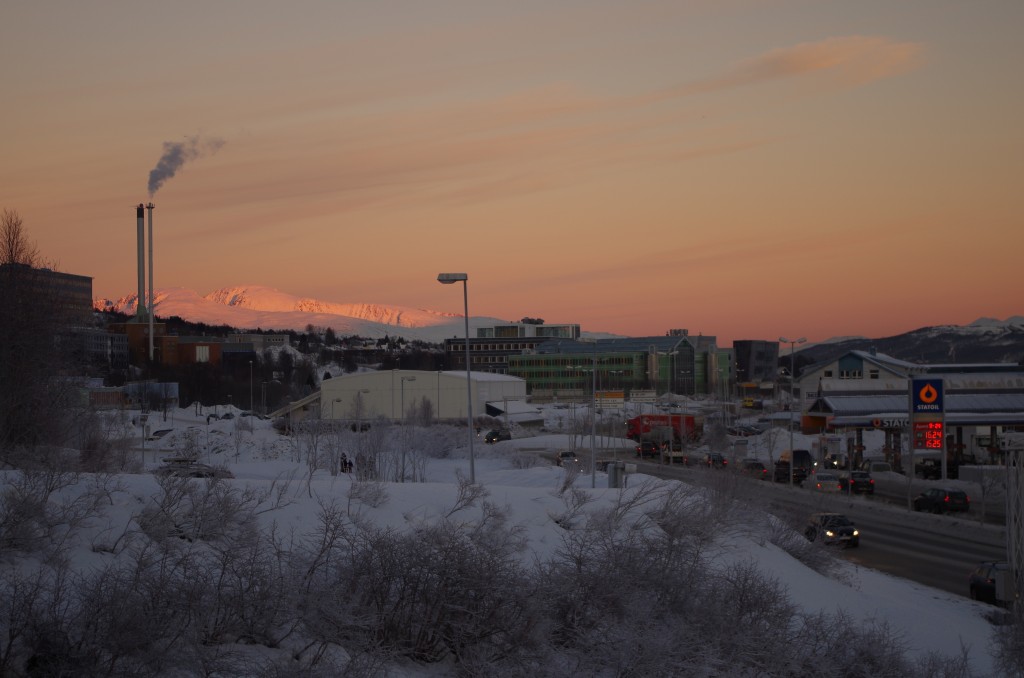
Certainly, Norway has used some of these revenues to benefit sustainable development abroad, such as with its offer to donate up to $1 billion to a Brazilian government fund to save the Amazon rainforest in 2008. But there’s no move towards downsize the oil industry, which is in large part responsible for supporting the generous social welfare system. Instead, the oil industry continues to push northward. If sustainable development is going to be the crucial litmus test for the Nordic model, the Nordic countries are going to have to look at the effects of their activities not just at home, but abroad, too.
Likewise, Iceland – a country that the government paints as awash in hydropower and geothermal energy (generated by magma for the first time recently) is now prospecting for oil in the Dreki area. Iceland even negotiated the “Icelandic exception” to the UN Framework Convention on Climate Change, allowing it to separately report emissions from individual large projects, such as energy-intensive aluminum smelters, from 1990-2012. This exception allowed heavy industry to increase substantially in Iceland over this period while the country still stayed in line with its emissions target. The aluminum industry in fact consumed 75.9 percent of electricity generated in Iceland in 2008, alluding to its preponderance within the country and throwing into question whether this is really sustainable economically or environmentally. The Nordic model’s ability to achieve the aims of sustainable development might be facilitated if Reykjavik encouraged national and global aluminum recycling efforts rather than inviting the construction of ever more smelters.
Tuomioja closed by saying that “small-scale, nature-based businesses and local food production are important in shaping local identities and diversifying the range of local livelihoods.” In the Nordic Arctic, resources have led to the creation of multiple livelihoods, from fishermen to oil rig workers to reindeer herders. Furthermore, sectors such as ecotourism are growing in places like northern Norway, helping to keep more of the money in local pockets (and resources in place) rather than flowing to global corporations. But so long as there is demand, natural resources will still be exported out to the global market, too. Finding a way to negotiate between the local and the global is part and parcel of sustainable development, and the Nordic model must determine how best to balance these in order to succeed in the long term.


